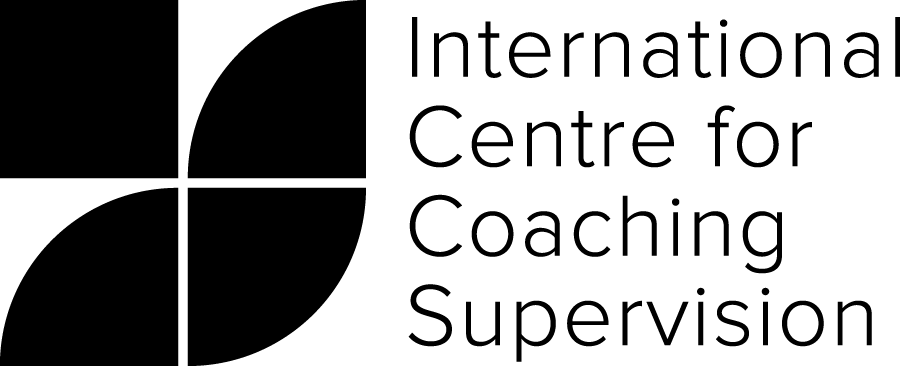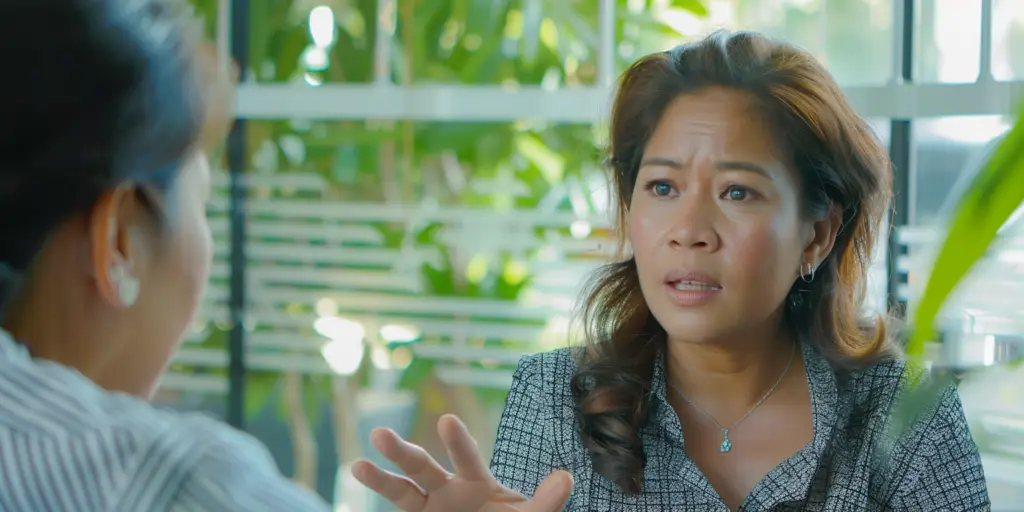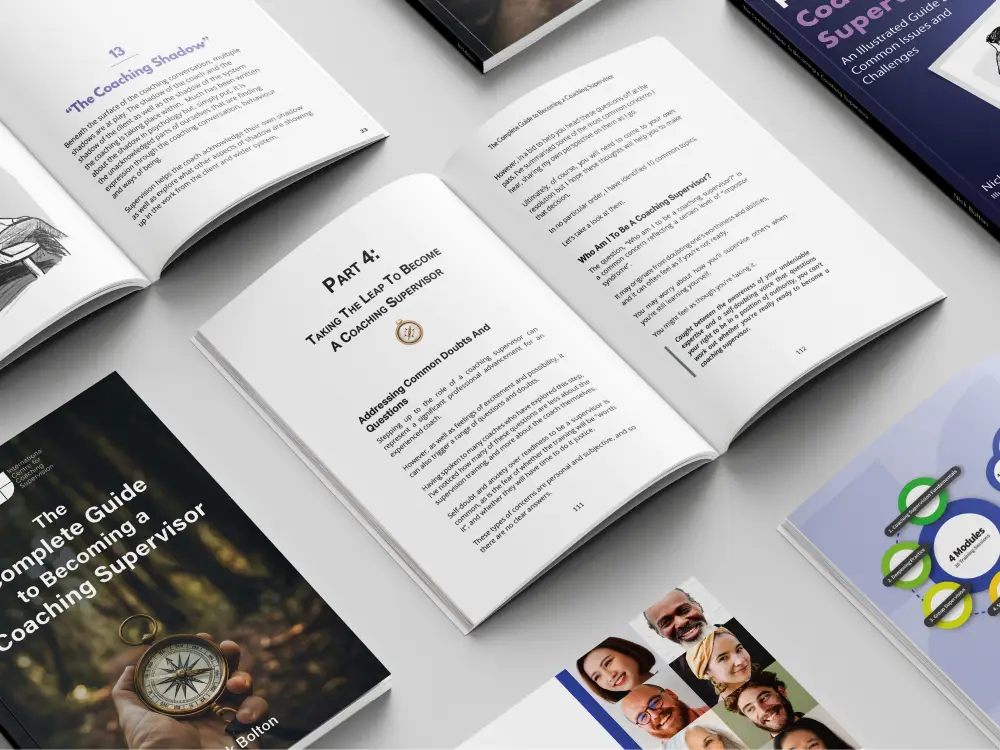Power dynamics are an inevitable part of human relationships. Whether overt or subtle, they shape how we interact, communicate, and influence one another.
In the context of coaching supervision, power dynamics play a significant role in the relational space between coach and supervisor, and in how the coach’s work with their clients is explored.
Understanding and addressing these dynamics is essential for creating a supervision space that fosters trust, growth, and mutual respect.
A relational approach to supervision invites both supervisor and coach to reflect on how power manifests within their relationship and in the coaching work itself, ensuring that the process remains balanced, ethical, and aligned with the needs of all parties involved.
What Do We Mean by Power Dynamics?
Power dynamics refer to the ways in which power is distributed and expressed in relationships. In coaching supervision, power can emerge in various forms:
Hierarchical Power: The supervisor’s expertise or authority may place them in a position of perceived superiority.
Expert Power: The coach may defer to the supervisor’s perceived knowledge or skill, potentially silencing their own insights.
Client Power: The coach may feel powerless in their relationship with a challenging client, or over-identify with a client who holds significant influence in their own system.
Organisational Power: Stakeholders or systemic forces may exert influence on the coach’s work, creating pressure that spills into supervision.
Power isn’t inherently negative—it’s a natural part of relationships and can be used constructively.
However, unacknowledged or unbalanced power dynamics can create barriers to open dialogue, stifle reflection, and limit the growth potential of both the coach and the supervision relationship.
Power Dynamics in the Coach-Supervisor Relationship
The relationship between coach and supervisor is inherently influenced by power dynamics. Supervisors often hold positional authority as experienced practitioners, creating a natural hierarchy in the relationship. This can lead to:
Deference to authority: The coach may hesitate to question the supervisor’s perspective, even when it doesn’t align with their own experience or intuition.
Fear of judgment: Coaches may avoid bringing their most vulnerable or challenging topics to supervision, fearing criticism or a loss of credibility.
Over-reliance: The coach may lean too heavily on the supervisor for solutions, rather than developing their own reflective capacity.
A relational approach to supervision acknowledges these dynamics and seeks to create a partnership where both parties feel empowered.
The supervisor’s role is to invite the coach into a dialogue of equals, where curiosity, mutual respect, and collaboration take precedence over authority.
Navigating Power Dynamics in Supervision
A relational approach to power dynamics in supervision involves both awareness and intentionality. Here are some key ways supervisors and coaches can navigate power effectively:
1. Naming the Dynamic
The first step in addressing power is to name it. By explicitly acknowledging the presence of power dynamics, both coach and supervisor can bring them into conscious awareness. This might involve:
Discussing the natural hierarchy of the relationship.
Exploring how the coach feels about sharing vulnerable or uncertain topics.
Reflecting on moments when the supervisor feels they are “leading” rather than co-exploring.
Naming the dynamic removes its invisibility and creates space for open discussion.
2. Balancing Power Through Dialogue
In a relational approach, power is balanced through mutual dialogue rather than directive feedback. This means:
The supervisor invites the coach’s perspective, even when it contrasts with their own.
Questions are used to stimulate the coach’s reflective capacity, rather than offering immediate solutions.
The focus is on co-creating insights, ensuring that both voices are valued in the conversation.
This dialogic process shifts the dynamic from one of authority to one of shared exploration.
3. Modelling Empowerment
Supervisors have the opportunity to model how power can be used constructively.
By demonstrating humility, curiosity, and openness, supervisors show that expertise does not negate vulnerability. This encourages coaches to embrace their own power within the supervision space and, by extension, in their coaching work.
Power Dynamics in the Coaching Relationship
The power dynamics present in the coach-supervisor relationship often mirror those in the coach-client relationship. Supervision provides a space to explore how power is being enacted in the coaching dynamic, including:
Client deference: Clients may overly rely on the coach for answers, mirroring a dependency dynamic that limits growth.
Coach dominance: Coaches may inadvertently impose their own agenda, limiting the client’s ability to explore their own needs and perspectives.
Systemic influence: Organisational stakeholders or systemic forces may create pressure that influences both coach and client, affecting the coaching process.
By reflecting on these dynamics in supervision, coaches can develop greater awareness of how power is influencing their work and learn strategies to navigate it more effectively.
Eye 5: The Parallel Process of Power Dynamics
Eye 5 of the 7-Eyed Model focuses on the relationship between the coach and supervisor, and the concept of parallel process is particularly relevant here. The dynamics that arise in supervision often mirror those in the coach-client relationship.
For example:
If the coach feels disempowered in supervision, they may also feel disempowered with their client.
If the supervisor notices they are “rescuing” the coach, it may reflect a similar dynamic where the coach is rescuing their client.
Supervision provides a space to name and explore these parallels, offering insights into how power dynamics are being enacted in both relationships.
Eye 6: The Supervisor’s Internal Response to Power
Eye 6 involves the supervisor’s internal experience of the coach and the power dynamics within the relationship. The supervisor might notice:
A tendency to take control of the conversation, reflecting their own relationship with power.
Feelings of resistance or frustration if the coach avoids difficult topics, which could indicate an imbalance in the relational dynamic.
By reflecting on their own responses, supervisors can gain deeper insight into how power is being experienced and expressed in the supervision space.
Conclusion: A Relational Approach to Power
Power dynamics are an inevitable part of supervision and coaching, but they don’t have to be a barrier.
By taking a relational approach—one that emphasises mutual respect, collaboration, and shared exploration—supervisors can create a space where both coach and client feel empowered.
Supervision offers the opportunity to not only explore power but to transform it into a tool for growth.
By acknowledging and balancing these dynamics, we can create richer, more authentic relationships that drive meaningful change for everyone involved.




 Learn About our Coaching Supervision Training
Learn About our Coaching Supervision Training The Complete Guide to Becoming a Coaching Supervisor
The Complete Guide to Becoming a Coaching Supervisor Picturing Coach Supervision: An illustrated Guide
Picturing Coach Supervision: An illustrated Guide Course details and dates for our Accredited Diploma in Coaching Supervision
Course details and dates for our Accredited Diploma in Coaching Supervision A self-assessment to gauge your readiness
A self-assessment to gauge your readiness A course assessment checklist for reviewing any supervision course
A course assessment checklist for reviewing any supervision course


